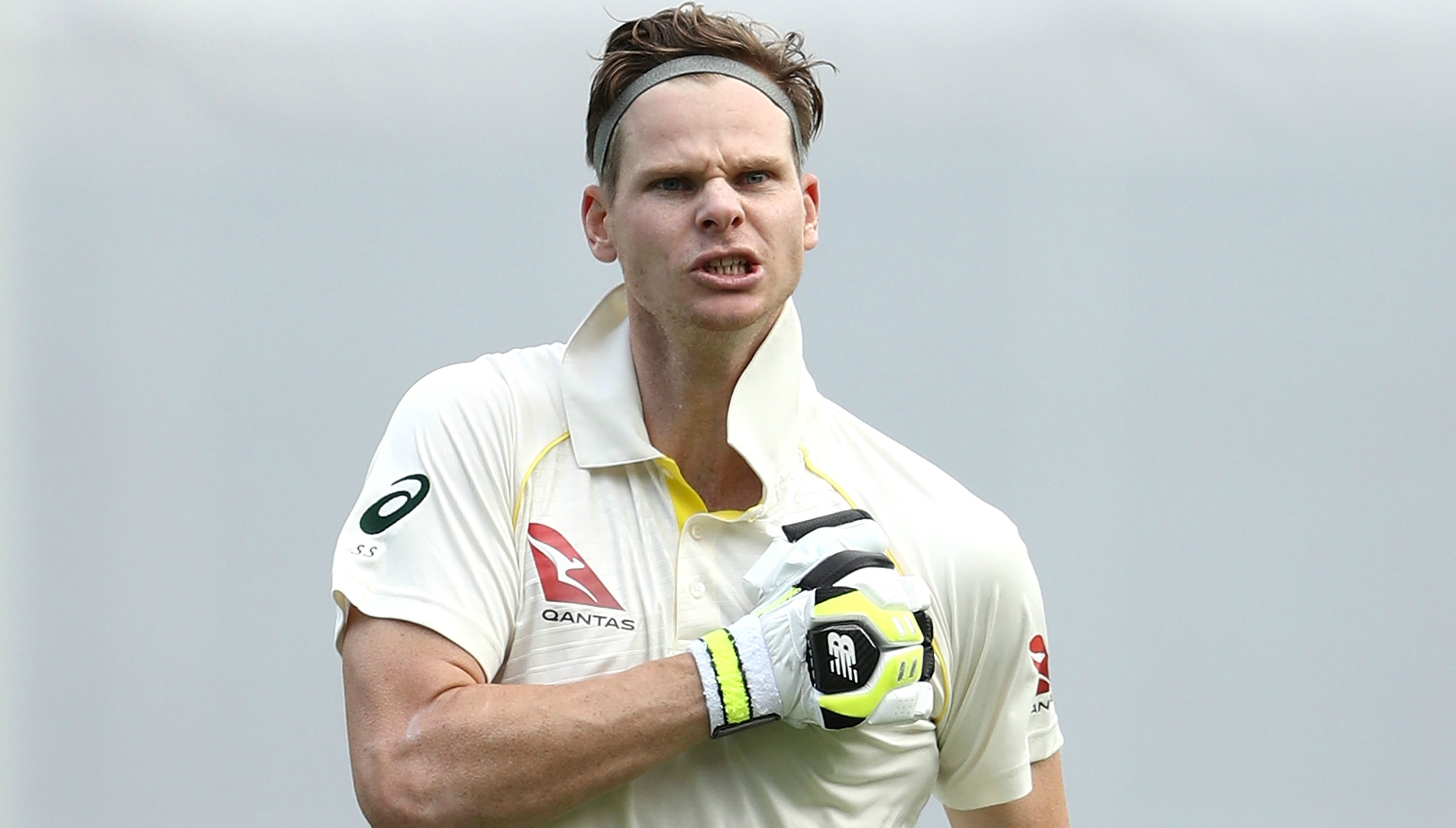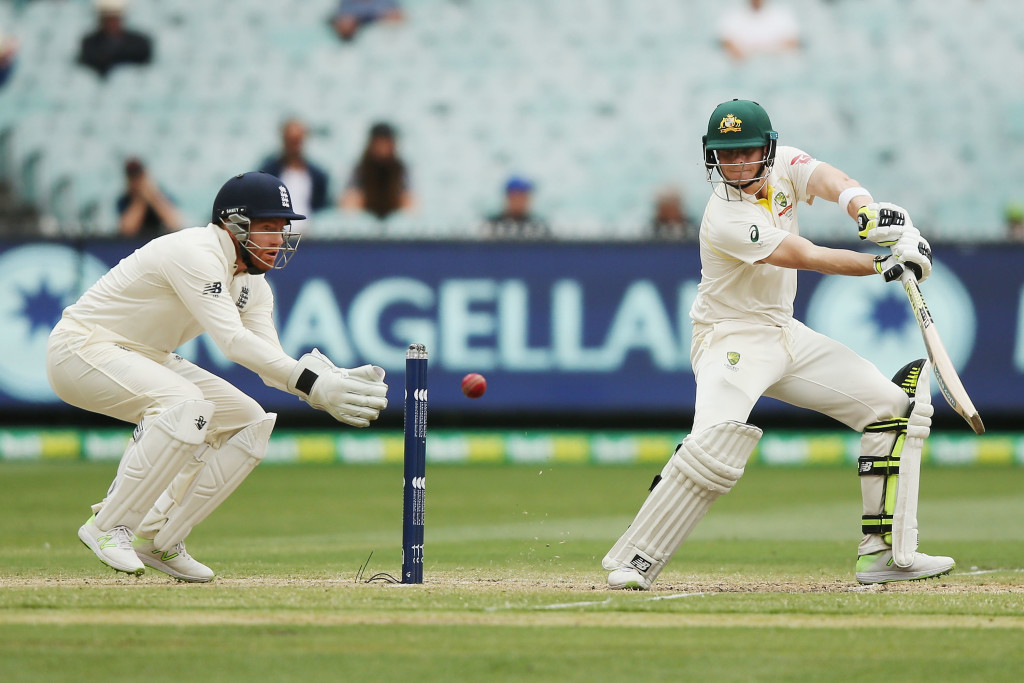
After his first two Test matches, against Pakistan in England (of all places) in 2010, Steve Smith’s bowling average (27.33) was higher than his batting average (25).
Back then the 21-year-old was viewed as a leg-spinning all-rounder and batted at No8, coming in after Tim Paine.
These days of course his batting average is much higher (63.55), as is his bowling average (54) but the world has long recognised he is more Don Bradman than Shane Warne.
But how has Smith transformed himself from an expensive leggie, albeit one who took wickets, to a batsman without peer on the world stage? And yes, that includes Virat Kohli.
2017 has been another extraordinary year for the 28-year-old; he scored the most runs in Tests (1305), most centuries (six) and has the best average (76.76).
In this latest Ashes series he has scored 604 runs at a superhuman average of 151 including three centuries (in four Tests) and a top score of 239.
Most would say he has been the difference between the two teams. Take out the Australia captain and perhaps England retain the famous urn.
But it’s where Smith stands on the all-time batting lists, after just 60 Tests, that is most remarkable. His average is second only to the great Bradman himself (99.94), his 23 centuries place him 24th on the list of all-time century makers and his average of a century every 2.6 Tests is again surpassed only by Bradman (1.8).
So what makes Smith such an extraordinary run-getter?
For me there are three things: a revolutionary technique, an extraordinary ‘eye’ and an unflappable temperament.
If Smith was a young player going to the local cricket camp, the coaches would no doubt cure him of his ‘bad habits’. Smith breaks almost every rule young batsmen are taught.
Keep still, don’t play across the line, keep your bat straight, don’t play away from your body – all maxims in any cricket coaching manual. Smith is constantly on the move at the crease but not forward or back, across the crease.
‘Don’t walk in front of your stumps’ is a statement every young player knows by heart but Smith does it almost every ball. Sometimes ending outside the off stump and flicking balls on middle-and-leg out to mid-wicket.
It’s what makes him so hard to bowl to and nearly impossible to pin down. As a bowler you can bowl the same ball to him three times and it will end up in three different parts of the ground.
This is what makes it so hard for opposing captains, like Joe Root, to come up with a plan to get him out.

Steve Smith bats during day one of the fourth Test
Countless times this series he has stepped in front of his stumps against England’s top bowler, Jimmy Anderson, and flicked him down to fine leg. Any other batsman in the world would have his leg peg uprooted nine times out of ten but not Smith.
The reason for this is his extraordinary eye which is truly Bradman-esque. Smith simply doesn’t miss.
This outstanding hand-eye co-ordination, coupled with a lot of bottom hand and unusual bat angles, means Smith is always placing the ball where he wants it to go.
It’s highly unconventional and again, you won’t find it in any coaching manuals, but it works. Smith in many ways has redefined what good batting means.
The third reason is Smith’s exceptional powers of concentration or to be more accurate, keeping his thinking as fluid as his footwork.
Smith is the epitome of living in the moment. Whether the score is 300 for zero or 50 for nine, Smith plays every ball exactly the same — completely on its merits. There is no before or after when Smith is at the crease, just one never-ending present, stretching as long as his wicket remains intact.
He never gets rattled, impatient or more importantly, over-confident. He never relaxes or gets involved in a battle of words with bowlers or fielders. When Smith bats he exists in a bubble where there is only his bat and the next ball, all distraction is removed.
Steve Smith's latest rating in the @MRFWorldwide ICC Test Player Rankings is only bettered by the legendary Sir Don Bradman!https://t.co/MWfQYJWvWD pic.twitter.com/mCwktRd300
— ICC (@ICC) December 19, 2017
He is eccentric, unique, downright weird – with a technique that is one of a kind. The only question with Smith is what happens next: can he sustain the feats of 2017 into the next year or the next?
Next up he travels to South Afr-ica to face one of the best bowling attacks in the world, but it will hold little fear for Smith who toured there in 2014, averaging 67.25 in three Tests, with one century.
His only possible weakness could be a loss of confidence, which may result in him second guessing his one-of-a-kind technique.
But until then captains and bowlers of the world will keep racking their brain with the unanswerable question: how do you get Steven Peter Devereux Smith out?